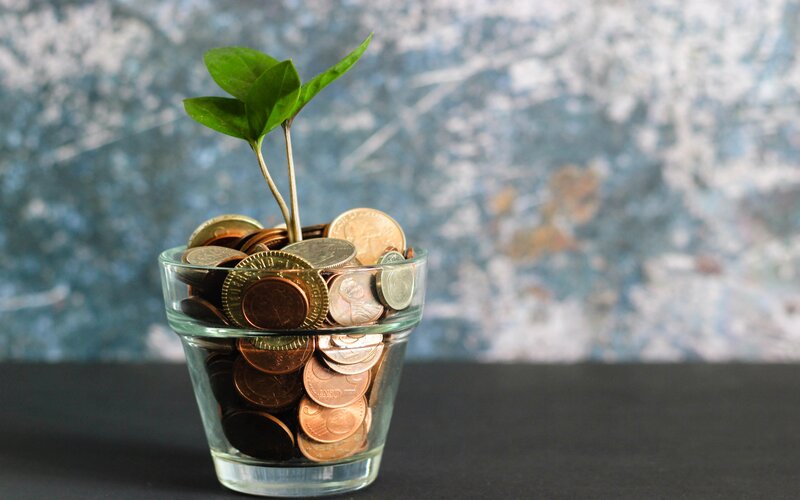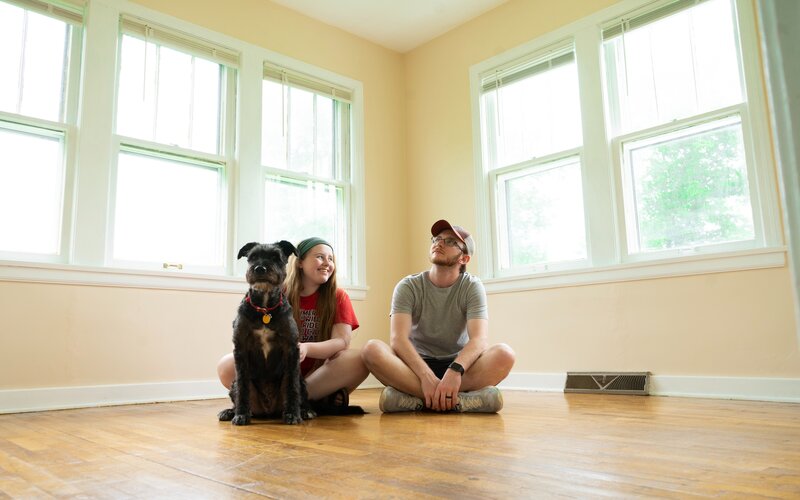The CommBank Household Spending Intentions Index (HSI) rose by 0.9% in August to 116.0.
The data shows the marginal gain was driven by higher spending on household services, retail, entertainment, and transport sectors.
Half of the gain in retail spending was driven by higher food spending and price increases on supermarket shelves.
Meanwhile, the largest declines in October were for home buying (-3.1%) and travel (-2.4%), given the RBA’s seven consecutive monthly interest rate hikes and pent up post-Covid travel demand cooling.
| Spending Category | Monthly Change % | Yearly Change % |
| Household Services | +3.7% | +11.9% |
| Retail | +3.3% | +8.0% |
| Entertainment | +2.1% | +10.7% |
| Transport | +1.6% | +87.6% |
| Health and Fitness | +0.3% | -7.2% |
| Communications and Digital Streaming | +0.1% | -3.9% |
| Utilities | -0.2% | +2.5% |
| Education | -0.5% | +10.6% |
| Insurance Costs | -0.5% | +2.2% |
| Motor Vehicle | -0.6% | +2.6% |
| Travel | -2.4% | +55.3% |
| Home Buying | -3.1% | -27.3% |
Source: CBA Household Spending Indicator
CommBank Chief Economist Stephen Halmarick said household spending likely won’t slow down for the time being as inflation continues to drive prices up.
“Increased household spending in October reflected higher prices and seasonality, with discretionary spending continuing to weaken in response to increased interest rates,” Mr Halmarick said.
“Cost of living pressures saw many spending categories continue to weaken and there was a marked decline in total spending growth from September.
“As the RBA rate hikes flow through the economy, we would expect to see further declines in a number of HSI categories, although elevated inflation and higher prices could continue to lift nominal spending for a while yet.”
Credit card use also continues to defy the rate hikes with Aussies spending over $32 billion on their plastic in September according to RBA data.
Debt rose modestly from about $17.9 billion in August to just over $18 billion in September - implying many card users are paying off their balances in time before the interest-free period ends.
New ABS data for September 2022 shows household spending across Australia has risen 28% compared to the same time last year.
Jacqui Vitas, ABS head of macroeconomic statistics, said September saw the 19th consecutive month of increases through the year in total household spending, with increases in all spending categories.
“There continued to be strong increases coming off the back of last year’s COVID-19 Delta lockdowns,” Ms Vitas said.
“Spending in clothing and footwear (+73.1%), hotels, cafes and restaurants (+60.6%), and transport (+53.0%) all saw strong increases due to reduced spending from lockdowns in these categories.”
With Christmas just around the corner, household spending is expected to rise with Roy Morgan data revealing Aussies are forecast to spend $63.9 billion in the pre-Christmas sales period from 14 November to 24 December.
Image by Heidi Fin via Unsplash





 Rachel Horan
Rachel Horan
 Harry O'Sullivan
Harry O'Sullivan
 Harrison Astbury
Harrison Astbury

